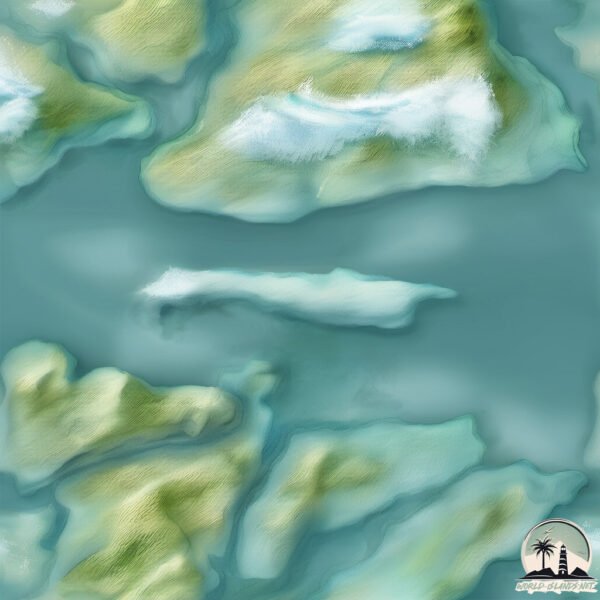Welcome to Chair , a Polar island in the South Pacific Ocean, part of the majestic Pacific Ocean. This guide offers a comprehensive overview of what makes Chair unique – from its geography and climate to its population, infrastructure, and beyond. Dive into the details:
Geography and size of Chair
Size: 6.147 km²Coastline: 25.4 kmOcean: Pacific OceanSea: South Pacific OceanContinent: South America
Chair is a Small Island spanning 6.1 km² with a coastline of 25.4 km.
Archipel: –
Tectonic Plate: Scotia – Situated in the Southern Ocean, surrounding the Scotia Sea, between South America and Antarctica, known for the Scotia Arc and active seismicity.
The geographic heart of the island is pinpointed at these coordinates:
Climate and weather of Chair
Climate Zone: PolarClimate Details: TundraTemperature: Cold
Climate Characteristics: The tundra climate features long, extremely cold winters and short, cool summers. Vegetation is limited to mosses, lichens, and small shrubs due to the low temperatures and short growing seasons. Biodiversity is low, but some specialized species thrive.
Topography and nature of Chair
Timezone: UTC-04:00Timezone places: America/La_PazMax. Elevation: 158 m Mean Elevation: 108 mVegetation: Herbaceous CoverTree Coverage: 52%
The mean elevation is 108 m. The highest elevation on the island reaches approximately 158 meters above sea level. The island is characterized by Plains: Flat, low-lying lands characterized by a maximum elevation of up to 200 meters. On islands, plains are typically coastal lowlands or central flat areas.
Dominating Vegetation: Herbaceous Cover
Vegetation: 5 vegetation zones – Highly Diverse Island
Infrastructure and Travelling to Chair
Does the island have a public airport? no .
Does the island have a major port? no .
The mean population of Chair is 0 per km². Chair is Uninhabited. The island belongs to Chile .
Continuing your journey, Darwin is the next notable island, situated merely km away.
Bar stool vs Counter Stool - For Home, Restaurant, Garden & Kitchen Island
Bar stool vs Counter Stool 1. Armen Living Shelly 26" Counter Height Barstool in Brown Faux Leather - https://amzn.to/3RbCsWy 2 ...
Bar stool vs Counter Stool - For Home, Restaurant, Garden & Kitchen Island
Bar stool vs Counter Stool 1. Armen Living Shelly 26" Counter Height ...
Bar stool vs Counter Stool 1. Armen Living Shelly 26" Counter Height Barstool in Brown Faux Leather -
https://amzn.to/3RbCsWy 2 ...
How To Size Your Counter Stool Correctly
This short video shows you how to choose the correct counter stool for ...
This short video shows you how to choose the correct counter stool for your breakfast bar. 1. Use a measuring tape on the counter ...
Bar Stools VS Counter Stools | How To Pick the Perfect Stools For Your Kitchen?
Hey everyone! Welcome back to our channel! Hey everyone! Welcome back ...
Hey everyone! Welcome back to our channel! Hey everyone! Welcome back to our channel! Today we're diving into a hot topic for ...
Chile is classified as Emerging region: G20: Group of Twenty – Major economies comprising both developed and emerging countries, representing the world’s largest economies. The level of income is Upper middle income.
News – Latest Updates and Headlines from Chair
Stay informed with the most recent news and important headlines from Chair. Here’s a roundup of the latest developments.
Loading...
Please note: The data used here has been primarily extracted from satellite readings. Deviations from exact values may occur, particularly regarding the height of elevations and population density. Land area and coastline measurements refer to average values at mean high tide.

